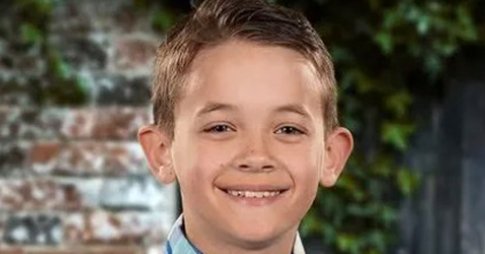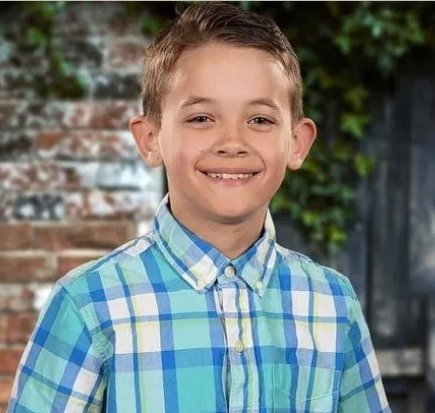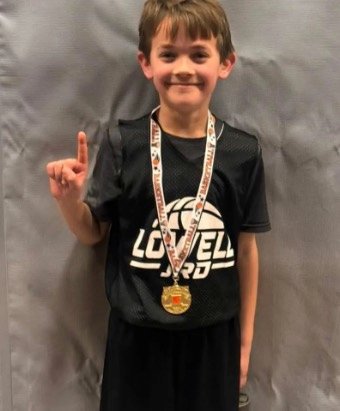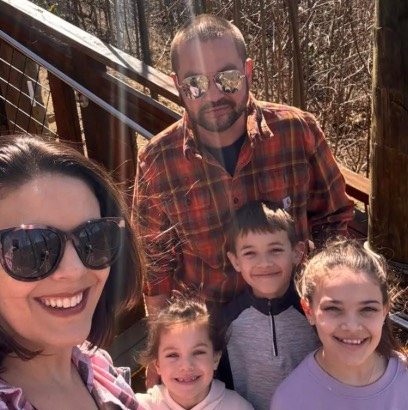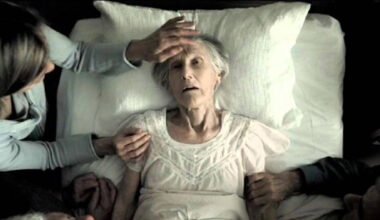When Ashlee Dahlberg’s 8-year-old son, Liam, came home from school with just a headache, she never imagined it would be the last evening they’d ever share.
By the following morning, Liam was barely responsive. His family in Indiana rushed him to the hospital, where doctors uncovered a terrifying diagnosis: his brain and spinal cord were overwhelmed by invasive bacteria.
Liam had contracted Haemophilus influenzae, or Hib a rare but aggressive infection.
While Hib can cause upper respiratory issues, it can also trigger severe, potentially life-threatening complications such as meningitis and sepsis.
In Liam’s case, the bacteria rapidly progressed into a deadly form of meningitis.
“At that point, there was nothing more they could do,” Ashlee told WHTR. “Most people who get it don’t survive more than 24 hours.”
Although Liam was fully vaccinated, doctors suspect he may have been exposed to the infection by an unvaccinated child — a growing concern as vaccination rates continue to drop across the U.S.
A Silent, Fast-Moving Killer
Despite its name, Haemophilus influenzae type b — or Hib — is not the flu. It’s a rare but aggressive bacterial infection that can become deadly in a matter of hours.
In Liam’s case, the illness moved with terrifying speed. What began as a mild headache quickly turned into a fatal brain infection overnight.
An MRI revealed the devastating truth: the bacteria had already spread throughout his brain and spinal cord.
“They discovered how much bacteria was covering his brain and spine,” Ashlee said. “That’s when they told us there was nothing more they could do.”
The grief was overwhelming.
“I wouldn’t wish this kind of pain on my worst enemy,” she said. “To hear a doctor say, ‘You did everything right, but there was nothing we could do,’ and then to lie next to him as they took him off life support… I could feel his little heartbeat slowly fade away.”
“I Feel I Have Failed My Child”
Now, Ashlee is channeling her heartbreak into advocacy — urging parents to vaccinate their children against Hib and similar preventable diseases.
“There are no words to describe that pain,” she said. “I feel like I failed my child because I couldn’t protect him from everything that could hurt him.”
Pediatrician Dr. Eric Yancy emphasized how serious Hib once was, calling it “absolutely devastating” before the introduction of the vaccine in 1985.
“If it didn’t take a child’s life quickly, it often left them with severe, lasting complications,” Dr. Yancy explained.
The Hib vaccine is about 95% effective — but it only protects those who receive it. Unvaccinated individuals can still carry and transmit the bacteria, putting others at risk.
Remembering Liam
A GoFundMe created by Liam’s family paints a picture of a “bright and smart young boy, full of life and potential. His presence brought joy and warmth to everyone he met.”
The fundraiser, which has already raised more than $54,000, is helping the family manage overwhelming medical expenses after their devastating loss.
Ashlee also posted a heart-wrenching video from the hospital, showing Liam moaning in pain — his small body fighting a losing battle against the infection that would soon take his life.8
“He was kind and sweet,” the family wrote. “He touched the hearts of everyone around him.”
A Costly Barrier to Protection
One of the challenges in preventing Hib infections is cost. The Hib vaccine is significantly more expensive roughly seven times the combined cost of vaccines for measles, polio, tuberculosis, diphtheria, tetanus, and pertussis.
To improve access, the World Health Organization recommends a pentavalent vaccine, which offers protection against five serious diseases: diphtheria, tetanus, pertussis, hepatitis B, and Hib. Despite this recommendation, global vaccination rates remain uneven.8
By 2023, about 92% of people in developed countries were vaccinated against Hib. Europe reported a 94% rate, while the global average was 77%. In the Western Pacific region, however, coverage lagged far behind at just 33%.
The high cost of the vaccine remains a major obstacle in many parts of the world — putting vulnerable children at unnecessary risk.8

